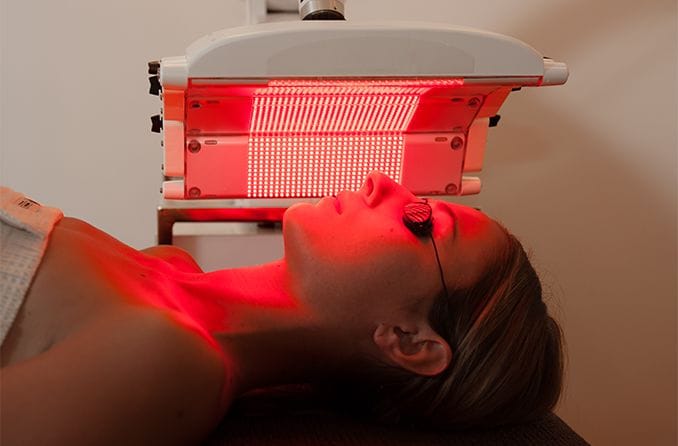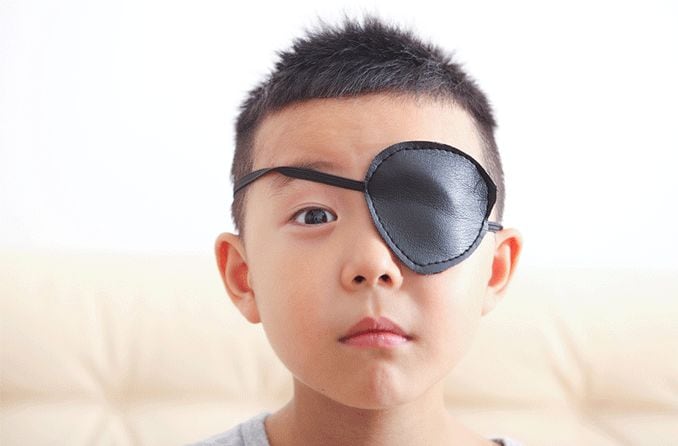“Miracle” eye exercises to improve your vision come and go, and you can usually find someone raving about them (but not offering any proof of their effectiveness) online.
Typically, these programs — which claim to reduce or eliminate your need for glasses and contacts — produce no significant or lasting improvement in your vision. And they could affect your safety if you stop wearing corrective lenses because you think eye exercises improved your eyesight.
History of eye exercises
Eye exercises to improve vision have been around since the 1920s, when maverick ophthalmologist William Horatio Bates, MD, created a program of eye exercises that became known as the Bates Method.
The Bates Method has never been proven effective in providing significant or lasting vision improvement. Also, some activities recommended by Bates — including "sunning" (exposing your eyes to direct sunlight) and "palming" (covering your closed eyes with the palms of your hands) could potentially be damaging to your eyes.
For example, exposing your eyes to direct sunlight frequently — even with your eyes closed, as recommended by Bates — increases your risk of eyelid sun damage and skin cancers of the eyelid, which account for 5% to 10% of all skin cancers, according to the Skin Cancer Foundation.
And if you apply pressure directly to your closed eyes when palming, it could temporarily elevate the pressure inside your eyes and increase your risk of glaucoma.
Most modern programs of eye exercises to improve vision are based (at least in part) on the Bates Method.
Some programs of eye exercises also recommend personal affirmations to make you feel your vision is improving. For example, you might repeatedly say to yourself, “I’m seeing better each day,” or, “I can see without my glasses.”
Self-help eye exercise programs usually claim they can reduce refractive errors such as nearsightedness and astigmatism, as well as presbyopia.
Before you spend time and money on anything that promises you will be able to “throw away your glasses,” be aware that there is no scientific evidence that shows they work.
In fact, several popular eye exercise programs — including one recent popular eye exercise program called the See Clearly Method (which in some ways resembled parts of the Bates Method) — have been removed from the marketplace for making false claims about their effectiveness.
Can eye exercises change your eyes?
To better understand if eye exercises that promise “natural vision improvement” can actually reduce refractive errors, you need to consider eye anatomy and how the eye refracts light.
Problems with how the eye is shaped typically contribute to focusing errors such as nearsightedness, farsightedness (hyperopia) and astigmatism. For example:
- When the eyeball is too short, you are farsighted and can’t focus on near objects because light rays entering your eye achieve a point of focus somewhere beyond your retina.
- When you are nearsighted and your eyeball is too long, light rays have too far to go and “fall short” of achieving a point of focus on your retina.
- When you have astigmatism, usually your cornea has an irregular shape, causing light rays entering your eye to split into different points of focus, creating blurry vision.
- Another common vision problem, presbyopia, occurs with aging when your eye’s natural lens starts to lose elasticity and no longer can move properly to focus on close-up objects. This condition typically causes your near vision to start blurring, beginning at around age 40.
Eye exercises typically make you move your eye muscles to create up-and-down, side-to-side or circular motions and make you change your point of focus to different distances.
So if you are considering an eye exercise program to improve your vision, ask yourself these questions:
- Will exercising your eyes change the basic shape of your eyeball, by making it longer or shorter?
- Will eye exercises alter the basic shape of your cornea and change the angle of how light rays enter your eye to achieve focus?
- If you have astigmatism, will exercising your eyes somehow reshape your eye’s irregular surface?
- If you have presbyopia, will eye exercises restore your eye’s lens to its once youthful elasticity that has declined due to natural aging processes?
Also, it’s very important to consider this: Are you putting yourself and others at risk (especially when driving) because you’re not seeing as well as you think you are?
Do eye exercises work?
A recent review of research published in peer-reviewed, scientific journals conducted by All About Vision failed to uncover any studies showing that eye exercises can alter the eye’s basic anatomy significantly or eliminate presbyopia — which no one escapes after a certain age.
Eye exercise programs occupy a nebulous space somewhere between medical science and folk remedy. Most optometrists and ophthalmologists are dismissive of eye exercise programs that promise you can “throw away your glasses” due to lack of scientific proof of their effectiveness.
Still, these unproven programs of “miracle” eye exercises can be found on the internet — along with conspiracy theories alleging that eye doctors know the “truth” about benefits of eye exercises but won’t tell their patients because they then wouldn’t be able to sell eyeglasses, contact lenses and eye surgery.
(Claims like these illustrate the importance of considering the credibility of sources when seeking reliable health information online.)
Before investing time and money in self-help vision improvement schemes, visit an eye doctor near you for professional advice you can trust regarding the effectiveness and safety of any eye exercise program you are considering.
Possible benefits of eye exercises
Though there is no evidence eye exercises improve vision, it’s possible some “exercises” can reduce stress to make your eyes feel better and lessen your risk of digital eye strain.

In fact, one such activity is frequently recommended by eye doctors: It’s called the “20-20-20 rule.” It’s simple and can be performed frequently with no adverse effects.
Basically, it goes like this: Every 20 minutes, look away from your computer or phone screen for at least 20 seconds and direct your gaze to an object that’s at least 20 feet away.
This “eye exercise” relieves strain on the focusing muscle inside the eye and on the muscles that control eye alignment (which have to work harder when focusing on near objects compared with looking at objects far away). It also stimulates blinking, which can relieve or lessen dry eye symptoms associated with prolonged near work and screen time.
It’s possible other eye exercises — including some associated with the Bates Method — may produce similar relaxation and soothing effects when performed to break up long periods of screen time.
Eye exercises vs. vision therapy
A final note: Self-help programs of eye exercises to improve vision are not the same thing as supervised programs of vision therapy prescribed by eye doctors (usually optometrists) to correct certain eye alignment and other binocular vision problems.
Though vision therapy is sometimes (incorrectly) referred to as “eye exercises,” doctor-prescribed vision therapy includes specific activities to help correct vision problems such as amblyopia and strabismus or to enhance dynamic visual skills for sports vision.
Many types of doctor-prescribed and supervised vision therapy have been proven safe and effective by published research. But the purpose of vision therapy is not to reduce or eliminate your need for vision correction.







